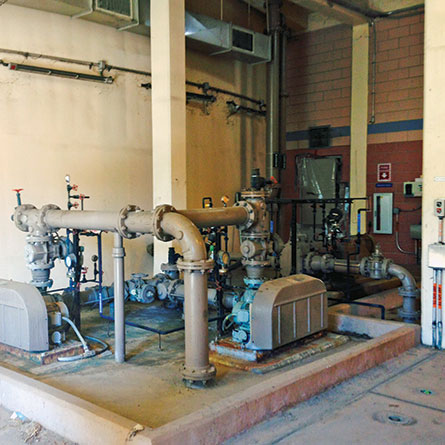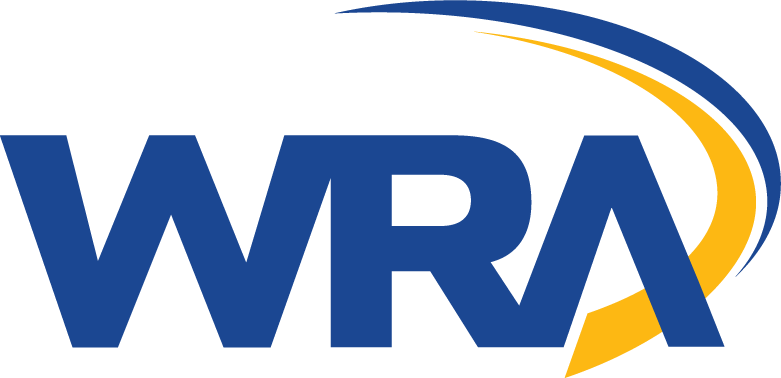Wilmington Wastewater Treatment Plant Solids Facilities Improvements. Wilmington, Delaware.
WRA has provided planning, designs, contract documents and engineering services during construction for the Wilmington Wastewater Treatment Plant and conveyance system since 1947. From the initial 40 MGD primary treatment plant, the plant has been expanded and upgraded under many construction contracts to the present 134 MGD secondary plant with tertiary polishing ponds. Each project has been designed to enable the existing plant to operate and meet permits. The latest solids handling improvements included two 90-foot diameter anaerobic digesters; digester control building; digested, high-rate recirculating and heated return sludge pumps; digester gas metering system; and, interconnections with four existing digesters. A sludge thickening study and evaluation of alternatives for separate waste activated sludge thickening was prepared. Alternatives including gravity belt thickeners, rotary drum thickeners and centrifuges were evaluated. A gravity belt thickener facility was recommended and designed.

Services Performed
Project Highlights
Biosolids and Residuals Handling
Design included solids mass balance and interface with adjacent processes, e.g., sludge thickening and dewatering, digester piping, sludge heating system, sludge recirculation/mixing and transfer pumping, gas collection and handling system with supplemental fuel backup, plant process/flushing water, and instrumentation.
Mechanical
Design included heating and ventilation systems and building plumbing for water system and drainage and sump pumps for the digester control building. The heating system utilized digester gas for fuel source.
Electrical / Instrumentation and Controls
Design included electrical power modifications, interior and exterior lighting, motor control center and instrumentation wiring.
Civil/Land Development
Design included inter-process connecting piping systems, plant service utilities, stormwater collection and conveyance, valve structures and utility relocations to accommodate the new facilities. Site design included grading, paving, sediment and erosion control, stormwater management, permitting and related services.
Geotechnical
Design included developing a boring plan for the facilities, engaging a driller, witnessing the soil boring operations and preparing a geotechnical report with basis for the foundation design for each structure.
